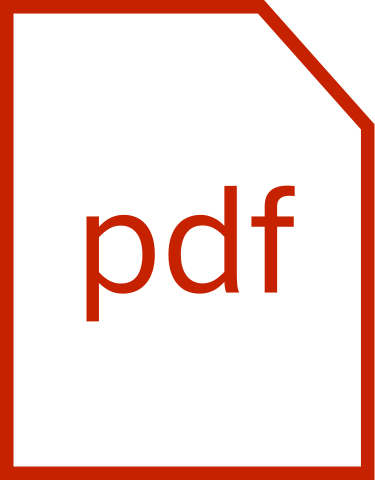THE WOODLANDS, Texas, Sept. 18, 2019 /PRNewswire-PRWeb/ -- The September edition of Crystallography Times from Rigaku Corporation has been published and is now available on the company's global website. Crystallography Times is a monthly electronic newsletter published by Rigaku, focusing on single crystal X-ray diffraction. It serves the X-ray analysis community by presenting the latest news and crystallographic research.
"Crystallography in the News" is a monthly collection of the latest news and developments, featuring the latest research findings in protein and small molecule crystallography and X-ray diffraction from around the world.
One article highlights a report from scientists at the Moscow Institute of Physics and Technology investigating the advantages and disadvantages of serial femtosecond X-ray crystallography (SFX) and its role in drug development.
Another news item reports that researchers from the Institute of Cancer Research in London have made new discoveries about the structure and function of cancer molecules and their use of alternative splicing, a complex process crucial to the production of proteins necessary to cell health. Researchers now believe that cancer cells also use this process to their own benefit.
The Product Spotlight in the current issue features the Rigaku XtaLAB Synergy-R single crystal diffraction system with microfocus rotating anode generator, the most powerful small molecule diffractometer available. It includes a high-flux, low-maintenance microfocus rotating anode, the PhotonJet-R, with a high-precision kappa goniometer and the Rigaku HyPix-6000HE Hybrid Photon Counting (HPC) X-ray detector.
For labs with high-throughput requirements, increasing the flux reduces data collection time, thereby increasing the number of samples that can be studied. For extremely small samples, additional flux will extend the minimum size limits for crystals that can be studied.
The book review for September presents The Second Kind of Impossible: The Extraordinary Quest for a New Form of Matter by Paul J. Steinhardt. The book is an account of the author's thirty-five-year-long quest to challenge the conventional notion that scientists knew all the conceivable forms of matter. It begins with a curious geometric pattern that inspires two theoretical physicists to propose a radically new type of matter, raising the possibility of new materials with never before seen properties.
The new issue includes a preview of the upcoming user meeting and discussion group at the Rigaku Europe headquarters in Neu Isenburg, Germany. This year's meeting will be jointly held between the single-crystal and powder diffraction groups and cover the latest developments at Rigaku in single crystal and powder X-ray diffraction.
Also included are 24 recently published scientific papers, a schedule of upcoming events, and access to the Rigaku Oxford Diffraction user forum.
Crystallography Times is published monthly. Readers can subscribe to the newsletter or view the current issue online at https://www.rigaku.com/subscribe.
About Rigaku
Since its inception in Japan in 1951, Rigaku has been at the forefront of analytical and industrial instrumentation technology. Rigaku and its subsidiaries form a global group focused on general-purpose analytical instrumentation and the life sciences. With hundreds of major innovations to their credit, Rigaku companies are world leaders in X-ray spectrometry, diffraction, and optics, as well as small molecule and protein crystallography and semiconductor metrology. Today, Rigaku employs over 1,400 people in the manufacturing and support of its analytical equipment, which is used in more than 90 countries around the world supporting research, development, and quality assurance activities. Throughout the world, Rigaku continuously promotes partnerships, dialog, and innovation within the global scientific and industrial communities.
For further information, contact:
Michael Nelson
Rigaku Global Marketing Group
tel: +1. 512-225-1796
[email protected]
SOURCE Rigaku


Share this article